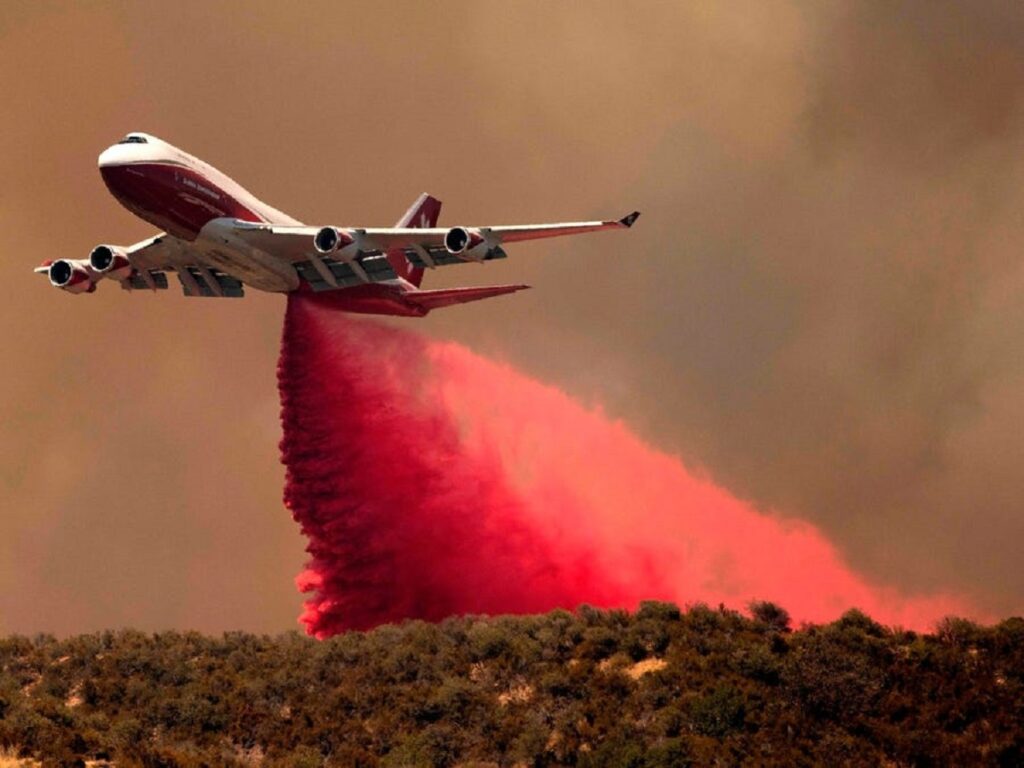Forest and wildfires are worsening every year, according to NASA, and battling them is no easy task. The blazes can decimate millions of acres and reduce lush green forests to smoldering piles of ash in a matter of weeks.
While firefighters do what they can from the ground, they’ll often call for air support in the form of aerial tankers, assisting the effort by bombarding the infernos from above with water or fire retardant. It’s a dangerous task but one that’s giving some retired airliners a second-life beyond carrying passengers or freight.
Very few planes are built with firefighting in mind so firms are taking the aging aircraft that have been abandoned by the airlines and repurposing them to stop fires and ultimately, save lives and property. And unlike the current trend in the airline industry, the bigger the jet the better.
The Boeing 747, for example, that once held the title of the world’s largest passenger airliner until the A380 came around now holds the title of the world’s largest firefighting aircraft. There’s only one in existence and its seen action all over the world, making good use of its massive frame that now stores water tanks instead of passengers.
But it’s not an easy task as fighting fires requires the aircraft – and the pilots flying them – to get up close and personal with the deadly blazes.
Take a look at why former passenger aircraft are critical to stopping fires.
This Boeing 747 is the world’s largest aerial firefighting plane.

Joe Amon/The Denver Post/Getty
Known as the Global Supertanker, this jet has fought fires around the world. Most recently, it’s been fighting wildfires in California.

JOSH EDELSON/AFP/Getty
The Boeing 747 is normally known for its superior passenger capacity but the Global Supertanker’s capacity isn’t measured in seats, but gallons.
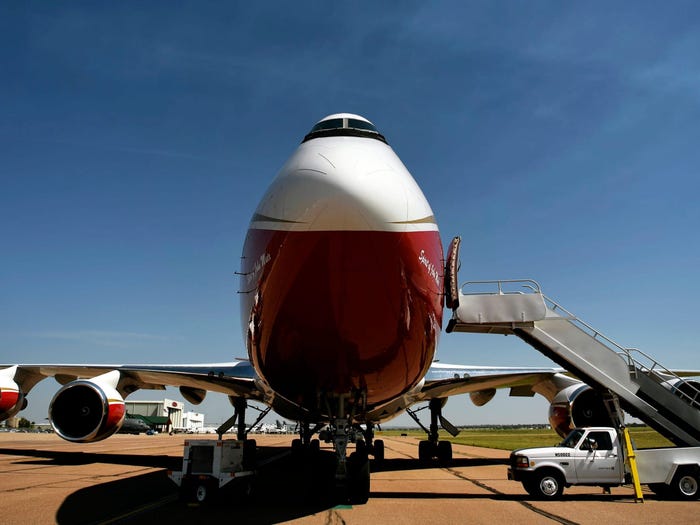
Joe Amon/The Denver Post/Getty
The passenger compartment of the Jumbo Jet has been stripped of all seats and massive tanks have been installed in its place.
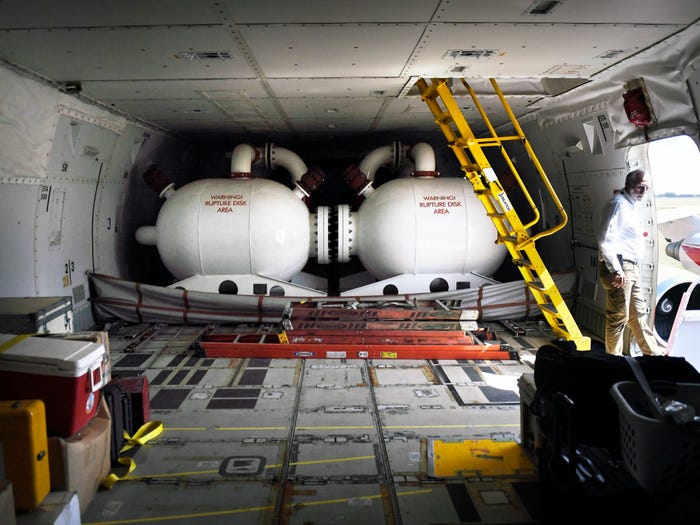
JOSH EDELSON/AFP/Getty
Stretching nearly the length of the aircraft, the tanks can hold 19,200 gallons of water or fire retardant.
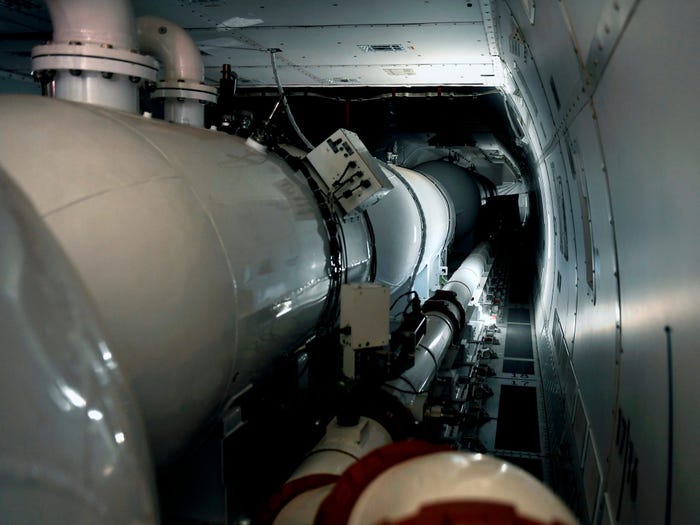
JOSH EDELSON/AFP/Getty
Here’s the command station where a crewmember – much like a bombardier on a warplane – will activate the drop.
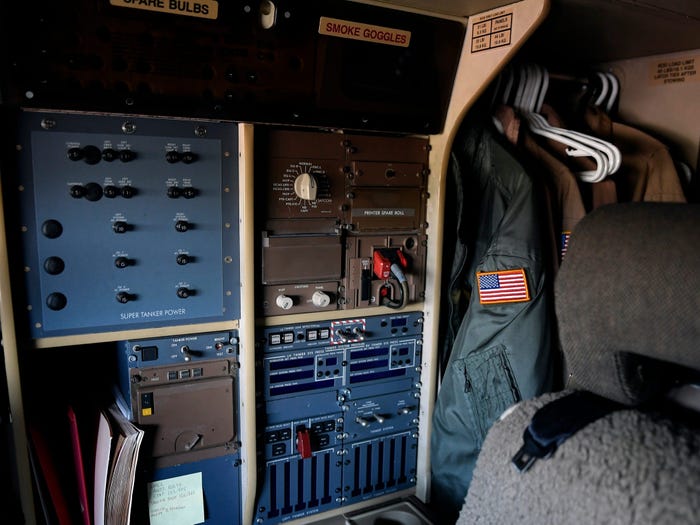
JOSH EDELSON/AFP/Getty
The contents of the tanks will then flow out of these ports on the aircraft’s belly.
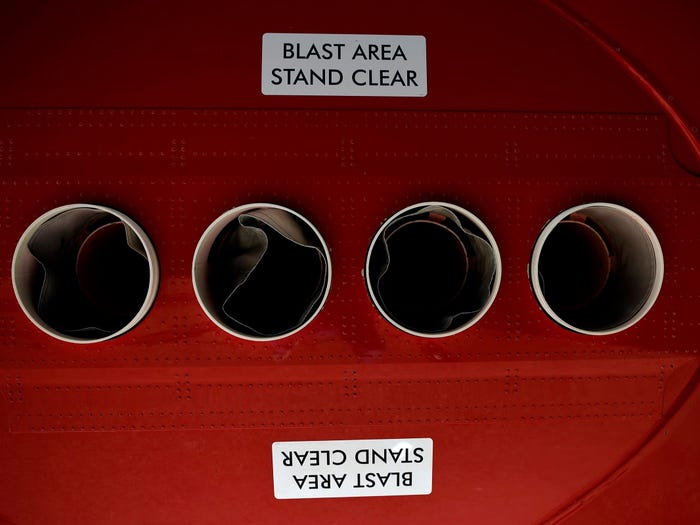
JOSH EDELSON/AFP/Getty
Here’s what it looks like in action.
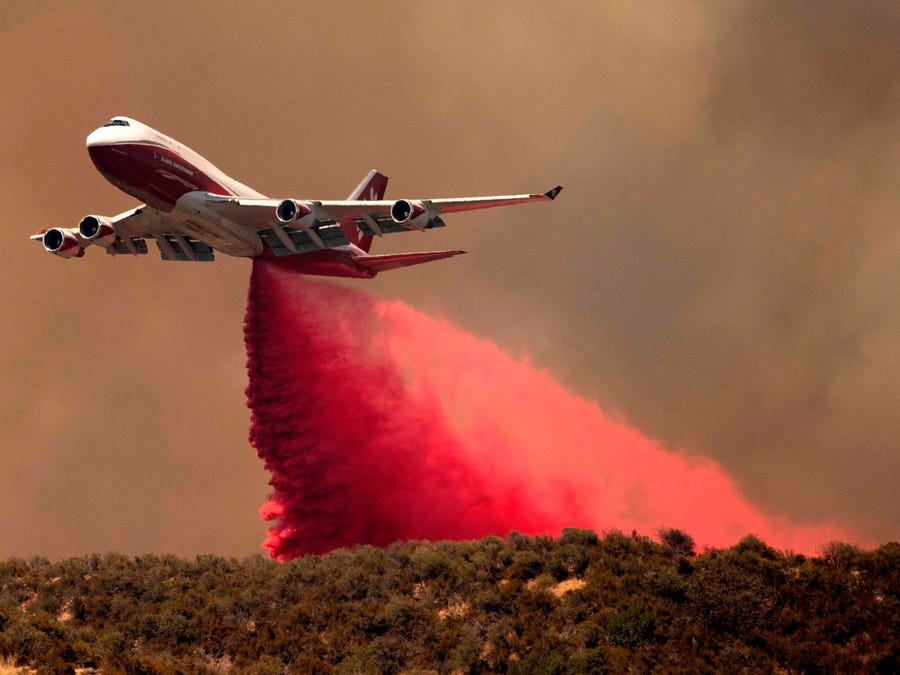
JOSH EDELSON/AFP/Getty
The red chemical is a fire retardant that’s often applied to the edges of a blaze to contain the spread.
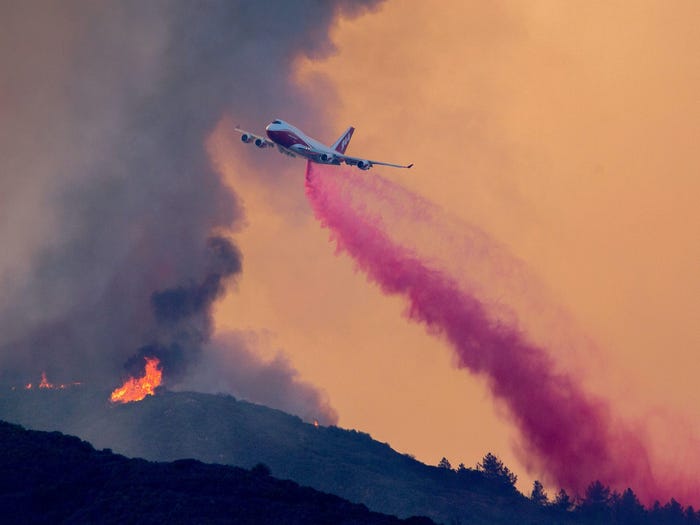
JOSH EDELSON/AFP/Getty
The cockpit is no different, except for one minor feature not found on the passenger or cargo variants…
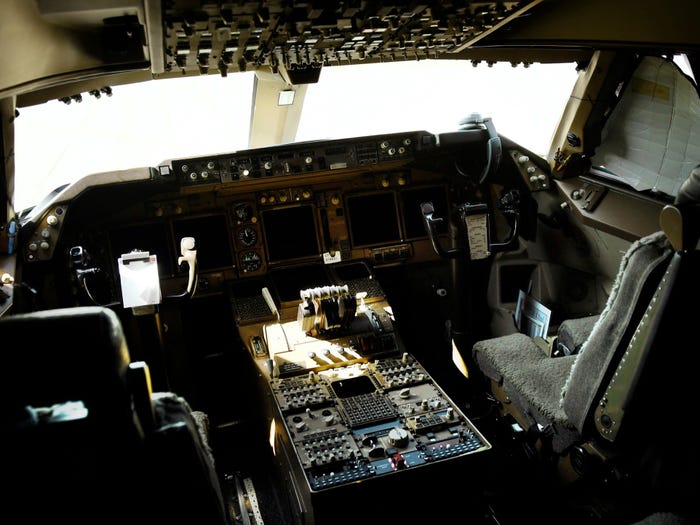
JOSH EDELSON/AFP/Getty
This “emergency dump” switch that jettisons the contents of the tanks.
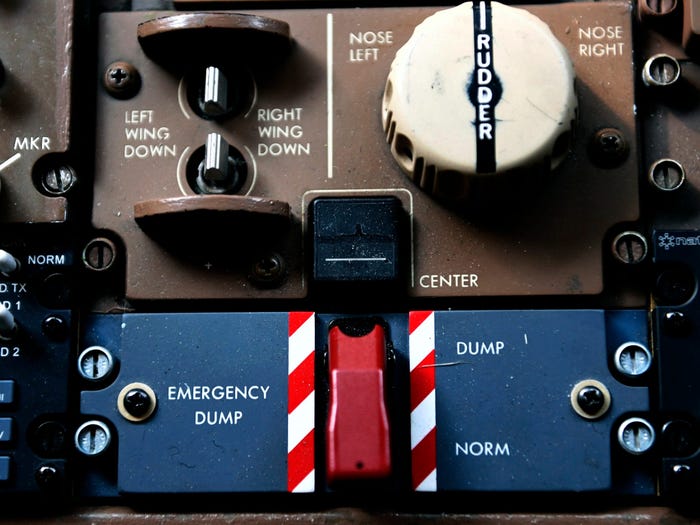
JOSH EDELSON/AFP/Getty
Author – Thomas Pallini Source – https://www.businessinsider.com/

